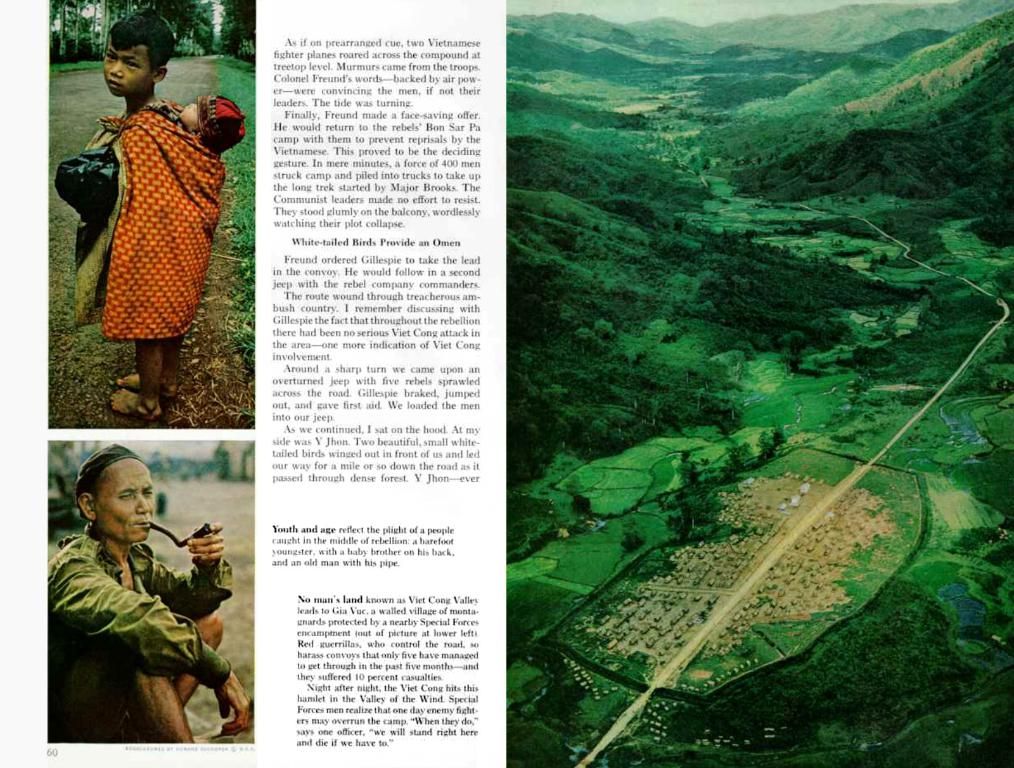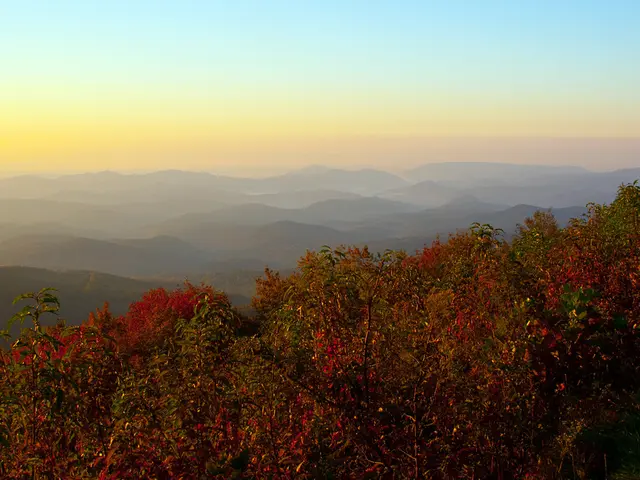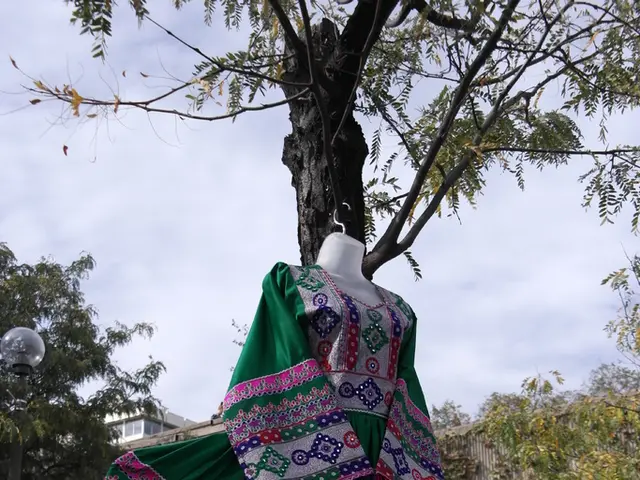Immense History Unearthed: 5,000-Year-Old Evidence of Early Human Settlement in Rann of Kachchh
Archaeological Research Reveals Ancient Human Settlements in Kachchh Pre-date Harappan Civilizations by Around 5,000 Years
Breaking the shackles of the known past, a groundbreaking study by researchers from the Indian Institute of Technology Gandhinagar (IITGN), in collaboration with experts from IIT Kanpur, Inter University Accelerator Centre (IUAC) Delhi, and Physical Research Laboratory (PRL) Ahmedabad, brings to light the existence of humans in the Great Rann of Kutch, Gujarat, a staggering 5,000 years before the Harappan civilization.
Key Findings:
- Pre-Harappan Presence: The study reveals that humans inhabited this region as far back as 7,000 to 7,500 years ago, a time when the area was more coastal and potentially surrounded by water due to higher sea levels[1][5].
- Coastal Hunter-Gatherers: These early inhabitants were likely coastal hunter-gatherers[2][5], relying on marine resources to sustain their communities.
- Archaeological Remains: The findings centre around Khadir Island, near the well-known Harappan site of Dholavira. Archaeological remnants discovered include shell mounds, broken potsherds, marine shells, carnelian and agate flakes, and wall remnants made from random rubble masonry[1][2].
- Changing Seas and Ecosystems: The presence of shell mounds and specific shell species like Terebralia palustris indicate a past mangrove ecosystem, which was likely impacted by sea level fluctuations[1].
Implications of the Study:
- Revised Historical Timeline: This study broadens the timeline of human habitation in the region, revealing that the Great Rann of Kutch was home to coastal communities long before the bloom of the Harappan civilization[3][5].
- Connections to Other Prehistoric Sites: The discoveries suggest ties between the Kutch middens and other prehistoric sites in Oman and Pakistan along the northern Arabian Sea, offering insights into early trade routes and migration patterns[2][3].
- Adaptation to Environmental Changes: The discovery underscores the resilience of ancient human communities in adapting to dynamic environmental conditions, such as alterations in sea levels and ecosystems[1][4].
Crossing the Sands: Rann of Kachchh's Hidden Histories
Visitors to the Rann-Utsav marvel at kaleidoscopic tents, dance performances, camel rides, and endless salt plains. But this tranquil desert conceals bygone stories of early man, ancient sea routes, and a morphing landscape.
Once submerged in the Arabian Sea, the Rann of Kachchh experienced a dramatic transformation over millennia, giving way to a flat, arid and marshy salt desert. This strategic coastal location played host to communities long before the establishment of urban centres like Dholavira. The new study furnishes a more nuanced understanding of a thriving pre-Harappan culture, sustained by marine resources and possibly long-distance trade[3].
Kutch's Cultural Treasure Troves
- Banni Grasslands: The villagers settled across this region are rich in cultural traditions like Rogan art, ajrakh printing, and handicraft cooperatives in villages such as Hodka, Dhordo, Nirona[3][5].
- Archaeological Wealth: These settlements sit atop untapped layers of archaeological gold. Sites like Dholavira, a UNESCO World Heritage site on Khadir Bet island, allow visitors to walk through a preserved Harappan city that sheds light on this astonishing discovery[3].
Trivia: The Great Rann of Kutch's name is derived from 'Ran' (meaning desert) and 'Kutch' (historical region), which translates to 'Salt Marsh' in English[4].
Journey Back in Time: A Traveler's Guide to Rann of Kachchh
If the stories of the Rann pique your interest, plan a trip during winter – not just for the milder temperatures and cultural festivals, but also for the avian extravaganza as diverse migratory birds flock to the wetlands[4].
Travel Information:
- Base Camp: Bhuj serves as the gateway to the Rann of Kachchh, easily accessible by rail and air[4].
- Rann Utsav Hub: From Bhuj, head to Dhordo, the nucleus of the Rann Utsav, or explore more offbeat corners like Kala Dungar (the Black Hill) and the flamingo-rich wetlands of Chhari Dhand[2].
(With inputs from multiple reports)
(Additional reading: Perspectives on Rann of Kutch: Tourism, Revival, and Conservation[5])
- The inhabitants that resided in the Rann of Kachchh around 7,000 to 7,500 years ago were likely coastal hunter-gatherers, relying on marine resources for sustenance.
- As a traveler, visiting Rann of Kachchh during winter offers a chance to explore its archaeological wealth, witness cultural traditions, and experience the avian extravaganza at the wetlands.






